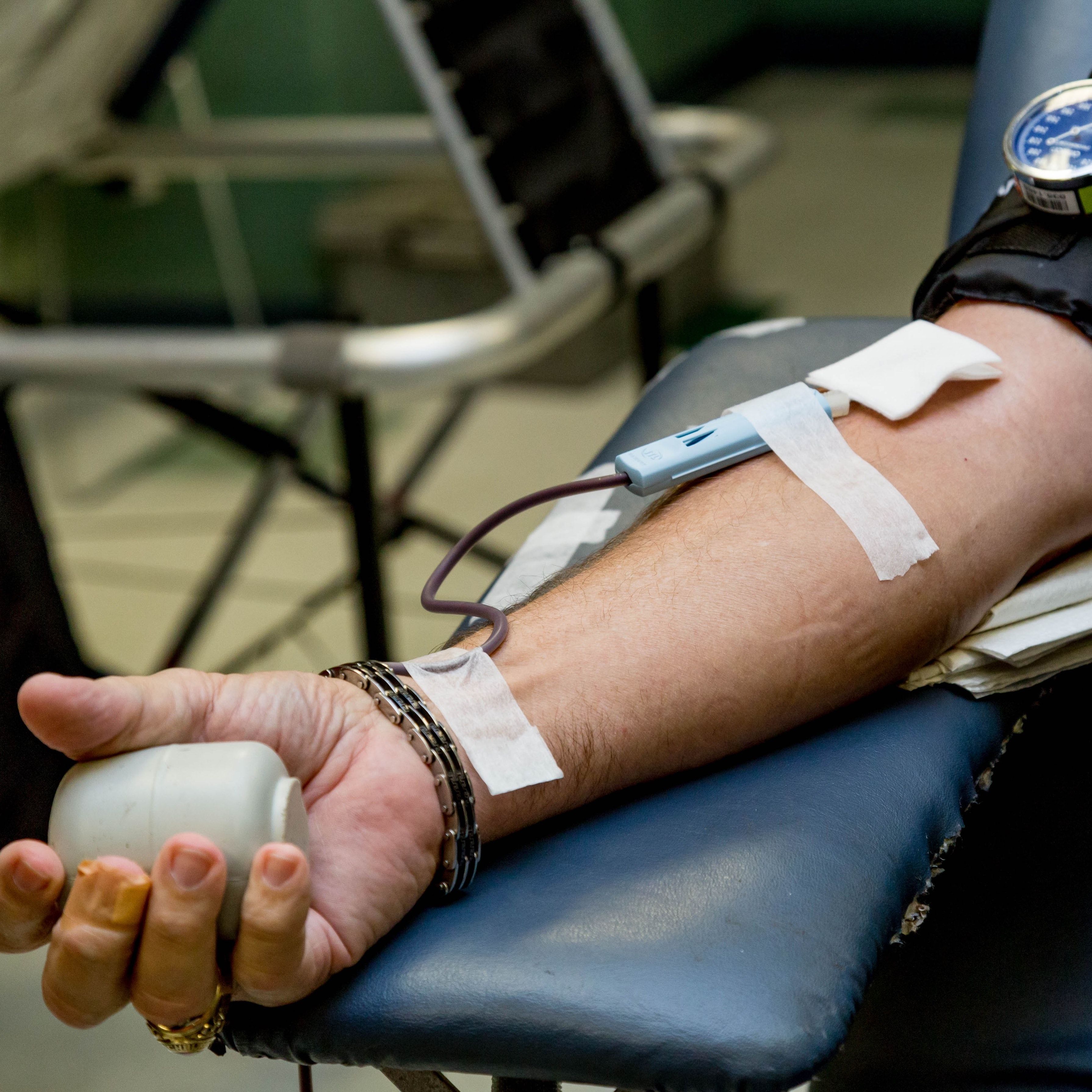Article
HIV Drug Resistance Climbs in Low- to Middle-Income Countries
Author(s):
All regions included in the analysis experienced notable increases in pretreatment NNRTI resistance each year.

Ravindra Gupta, MBBS, MPH
Virological failure and resistance to antiretroviral therapy (ART)-containing non-nucleoside reverse transcriptase inhibitors (NNRTIs) are rising among patients living in low-income and middle-income countries (LMICs) who have had previous exposure to ART-containing NNRTIs, according to findings from a systematic review and meta-regression analysis.
“Pretreatment HIV drug resistance can be detected in people naive to antiretroviral drugs who are initiating ART or people who are initiating or re-initiating first-line ART who have had previous exposure,” lead study investigator Ravindra Gupta, MBBS, MPH, a professor at University College London, told MD Magazine. “Our analysis shows that the prevalence of pretreatment drug resistance is rising in many LMICs.”
Investigators obtained 358 datasets published or curated between 2001 and 2016 reporting characteristics of HIV patients in LMICs who were initiating or restarting first-line ART with NNRTIs. Using these data, researchers sought to determine the geographic prevalence of pretreatment drug resistance as well as the risk of resistance among this patient population. An empty logistic regression model was used to pool prevalence estimates within specific regions to determine each region’s drug resistance prevalence rate.
Adult patients with HIV (n = 56,044) from 63 countries were included in this analysis. The prevalence rates of pretreatment resistance to NNRTIs at the end of the 15-year study period were 11.0% (95% CI, 7.5—15.9) in southern Africa, 10.1% (95% CI, 5.1–19.4) in eastern Africa, 9.4% (95% CI, 6.6–13.2) in Latin America and the Caribbean, and 7.2% (95% CI, 2.9–16.5) in western and central Africa. Across regions, resistance to NNRTI was more prevalent in recent studies than older studies (P <.05 for all).
All regions included in this analysis experienced notable increases in pretreatment NNRTI resistance each year. Increases in pretreatment therapeutic resistance per year were 11% (95% CI, 2—20) in Asia, 11% (95% CI, 5–18) in Latin America and the Caribbean, 17% (95% CI, 6–29) in western and central Africa, 17% (95% CI, 5–30) in eastern Africa, and 23% (95% CI, 16–29) in southern Africa.
In addition, the researchers found that patients who reported previous ART exposure and initiated ART-containing NNRTIs (n = 83) experienced a greater risk for virological failure at 1 year than individuals who were naive to ART (n = 1944; odds ratio, 2.91; 95% CI, 1.48—5.72; P = .002).
“The risk of virological failure was almost 3 times higher in the previously exposed group than in the treatment-naive group,” added the investigators. “These results suggest that self-reported previous exposure might be usable in the clinic to identify people at increased risk of treatment failure and resistance.”
Additionally, the researchers believe their findings support current guidelines by the World Health Organization “which recommend the identification of individuals starting ART who are at increased risk of pretreatment drug resistance due to previous antiretroviral exposure (or other risks), with prioritization of treatment with non-NNRTI based ART.” Another strategy could be the identification of previously exposed patients and improvement in monitoring of early virological failure.
Overall, the findings from this study “reinforce the need for routine, robust nationally representative surveillance of pretreatment drug resistance and the need for each country to assess the prevalence of pretreatment drug resistance in people starting ART, irrespective of reported previous exposure to antiretroviral drugs,” the authors noted.
The study, “HIV-1 drug resistance before initiation or re-initiation of first-line antiretroviral therapy in low-income and middle-income countries: a systematic review and meta-regression analysis,” was published in The Lancet Infectious Diseases.
Related Coverage >>>





